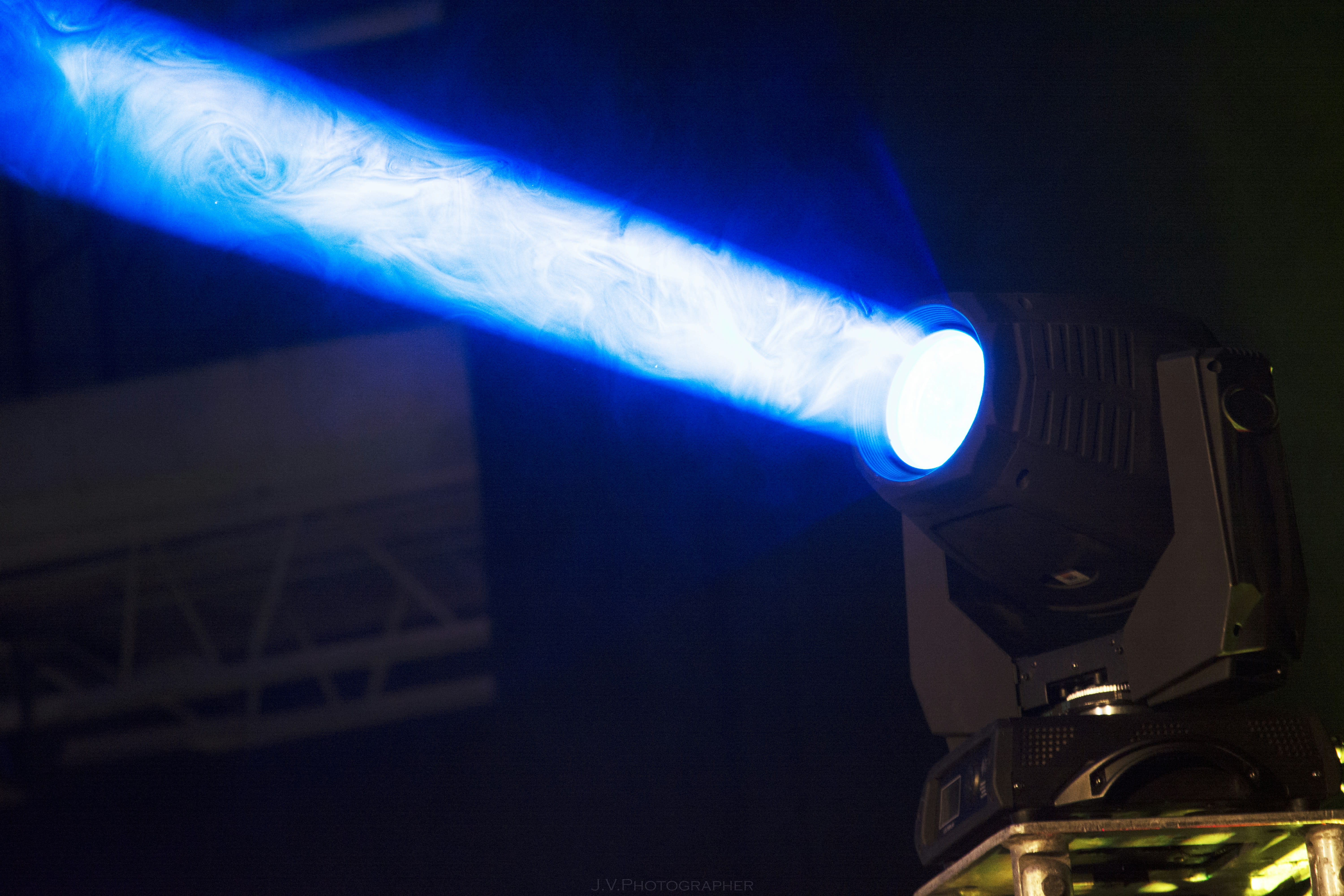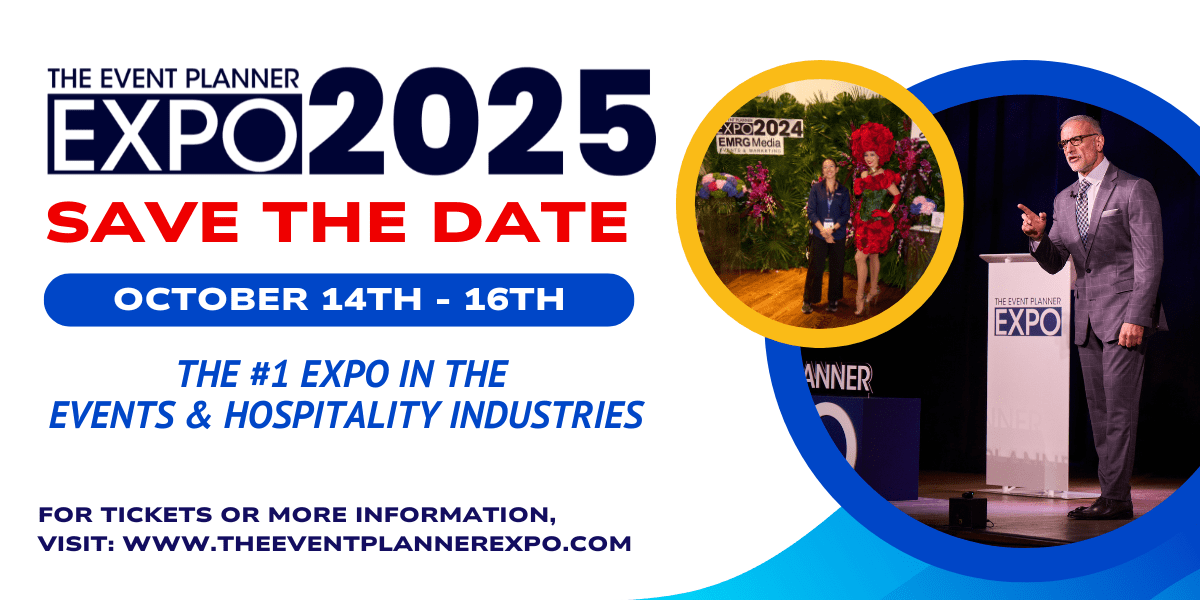Lighting Design Moves That Shift a Room’s Energy Instantly

Walk into a room and you know. Something feels different. The conversations are sharper, the music hits harder, the entire crowd seems elevated. Nine times out of ten, that’s not magic. It’s lighting.
Lighting design isn’t just about seeing the stage or finding the buffet. It’s about manipulating mood, directing attention, and changing the way people feel in real time. Luxury planners know this. Corporate planners chasing ROI should know it too. Because the right lighting cue can flip a corporate dinner from stiff to social or turn a product launch into something unforgettable.
Why Lighting Dictates Mood
Sound and décor matter, sure. But light is the first thing people sense even before the first canapé hits their hand. Warm tones calm a room, cool tones sharpen it. Shifts in brightness set the energy without a single word.
Have you ever noticed how networking events tend to start with soft, even lighting and then slowly dim as the night goes on? That’s not random. It’s an engineered timeline designed to make people first comfortable, then captivated.
From Static to Dynamic
What separates basic events from world-class ones isn’t whether there’s light. It’s whether the light moves.
Static washes of light across a ballroom feel flat after ten minutes. On the other hand, dynamic design, where colors evolve, beams shift, and intensity changes with the program, creates momentum. It tells guests subconsciously, “Pay attention. Something’s happening.”
Think of it as choreography. The lighting isn’t background. It’s a partner in the performance.
The Instant Energy Switches
So what moves actually flip a room? A few classics and a few insider secrets stand out.
The Color Shift
One of the most immediate mood changes comes from switching color temperature. Warm amber tones relax a crowd during dinner. Cool blues or purples sharpen focus for presentations. Vibrant saturated colors crank energy for performances or reveals.
Guests won’t always clock the change consciously, but they’ll feel it. That’s the power of subtle manipulation.
The Spotlight Surprise
Nothing turns heads faster than a sudden spotlight. Whether it’s a keynote speaker stepping up or a surprise performer appearing in the crowd, that sudden beam draws every eye. It breaks background chatter instantly.
Pulsing Beats of Light
Tie lighting to the music and the whole room syncs. LED panels pulsing with the bass or intelligent fixtures moving in rhythm transform the vibe from polite gathering to immersive spectacle. It’s the kind of energy that drives people onto the dance floor or makes them grab their phone to record.
The Candle-to-Glow Trick
Luxury events often layer candlelight with hidden LED uplighting. The trick? Start with candles for intimacy. Then, as the night builds, slowly introduce colored glows until the entire room feels alive. Guests think it’s atmosphere. In reality, it’s strategy.
Lighting as Storytelling
The best designers don’t just change light randomly. They tie it to the narrative of the event.
-
- At a product launch: the room stays dim until the reveal, when a dramatic burst of light exposes the new product.
- At a gala: soft washes guide guests from cocktails to dinner, then explode into color for the afterparty.
- At a conference: crisp daylight tones during keynotes fade into warmer hues for evening networking.
- Lighting becomes a silent narrator. It’s telling people what emotion to feel, when to shift gears, and where to look next.
When It Goes Wrong
Bad lighting ruins everything. A few common mistakes kill energy instead of fueling it.
Flooding a room in one static color makes it feel sterile. Overly bright lights flatten faces and kill ambiance. Too-dark corners make guests retreat instead of engaging. And worst of all, lighting that doesn’t match the moment, a blinding strobe during dinner, for example, creates whiplash.
Guests rarely complain directly. But they do leave early. And nothing drains ROI like an empty room.
Why It Matters for Corporate ROI
This isn’t just aesthetic. It’s business.
Lighting influences how long people stay, how much they engage, and even how they perceive the brand. A product reveal bathed in dazzling light gets photographed and shared. A gala dinner in warm glow makes guests linger (and bid more at auctions).
When corporate decision-makers ask about ROI, lighting should be on the answer sheet. It drives engagement, shapes perception, and leaves an impression that lasts far longer than the dessert course.
Tech on the Rise
Tech lighting tools are evolving fast. Intelligent fixtures, LED walls, projection mapping are giving planners more control than ever. And though it all, the trend is personalization.
An example is RFID wristbands triggering light cues as VIPs walk in. Projection-mapped floors that ripple under guests’ footsteps. Or AI-driven lighting that adjusts based on crowd density and energy levels.
It’s not just about seeing. It’s about immersion. And in NYC, where competition for attention is fierce, immersion is what wins.
The Unseen Design Layer
Here’s the part many don’t talk about: the best lighting often goes unnoticed. It doesn’t scream. It guides, it shapes, it whispers in color and tone. Guests may never say, “Wow, the lighting was incredible.” But they’ll say, “That event just felt amazing.”
That’s design working at its highest level.
Lessons from the City That Never Sleeps
New York is the perfect laboratory for this. Rooftop lounges glow against the skyline, Broadway sets reinvent lighting nightly, and corporate planners borrow tricks from both.
The lesson is clear: if you want an event to match the pace and intensity of this city, lighting isn’t an afterthought. It’s the main character.
Where to Master the Moves
The fastest way to elevate your own lighting strategy is to learn directly from the pros pulling it off at scale. And there’s one place where they gather to share exactly how they do it: The Event Planner Expo 2025.
This October in NYC, you’ll see cutting-edge lighting design in action across multiple venues. You’ll also hear from the planners and production experts behind those jaw-dropping shifts. They’ll unpack how to use light not just as a tool, but as a business driver.
And with thousands of event professionals converging, plus keynote sessions led by icons like Daymond John, the strategies don’t stop at lighting. They expand into branding, marketing, sponsorship, and beyond.
Don’t just watch lighting change a room. Be in the room. Bring your team, grab your All Access or VIP pass, and get firsthand insight into the design moves shaping the industry’s future. Reserve your tickets now.
